

Max Davies
How Audi, BMW, Honda, Mercedes-Benz, and Suzuki started out in Australia, and where they are now
14 Hours Ago
We all know about Hyundai and Kia, both of which are strong-selling brands in the Australian motoring landscape. Hyundai Mobis forms the third arm of the Hyundai-Kia conglomerate.

Contributor
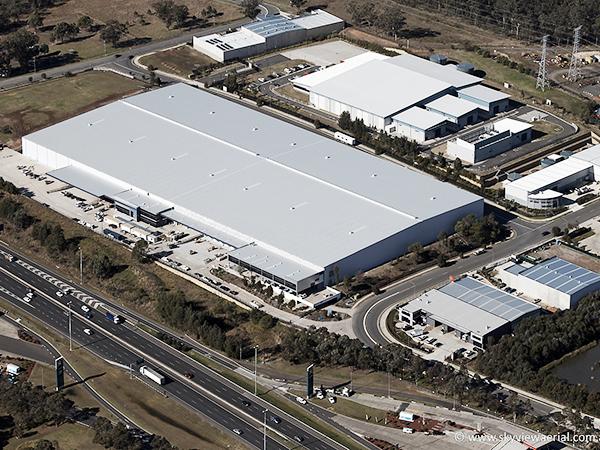

Contributor
Hyundai and Kia. Like competitive siblings, these two brands form a Korean duo that have lately been battling each other for supremacy towards the top of the VFACTS sales charts.
With its headquarters in Seoul, South Korea, Hyundai Mobis is the less famous third child in the family – the Luke Hemsworth, if you will.
Much like the relationship between Denso and Aisin to Toyota, Mobis is not an OEM itself. Rather, it acts as a supplier for both Hyundai and Kia and is part of their wider family of companies.
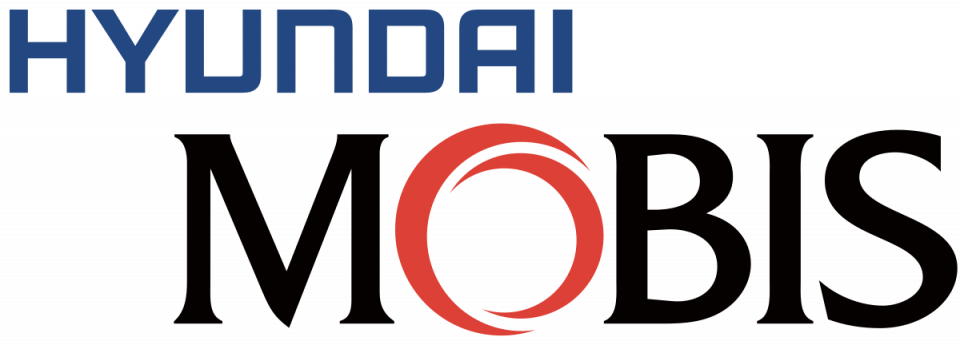
Similar to Kia and Hyundai’s status as younger recent rivals to their Japanese and European competition, Mobis is also a much newer company than most other major suppliers, setting up shop in 1977.
Today, Hyundai Mobis develops and sells a multitude of different parts, ranging from advanced driver assist systems products such as lane-keeping assist and autonomous emergency braking systems, to air suspension and LED headlights.
The company is also responsible for supplying warranty parts for Hyundai and Kia vehicles.
Notably, Hyundai Mobis is one of the few suppliers with a major presence locally, with the firm’s parts distribution centre for the Pacific region based near the racetrack at Eastern Creek, Sydney.

Although part of the broader Hyundai family, Mobis does not exclusively supply Hyundai and Kia. Sales to Hyundai and Kia constitute around 80 per cent of the company’s current business, the remaining 20 per cent of products are sold to other OEMs including General Motors and Ford.
The firm’s expansion since the commencement of operations in 1977 has enabled it to become the seventh-largest supplier based on sales revenue to automotive OEMs (2018 numbers), behind Aisin and ahead of American supplier Lear Corporation.
Hyundai Mobis traces its origins to its establishment as Hyundai Precision Industry Co., Ltd. The firm’s initial business was in the shipping industry, with the production of metal shipping containers commencing in 1979.
By 1992, the company was already the world’s largest producer of refrigerated shipping containers. Other interesting developments during the ’90s included the creation of the first prototype maglev train to make use of an electromagnetic suspension, called the HML-03.
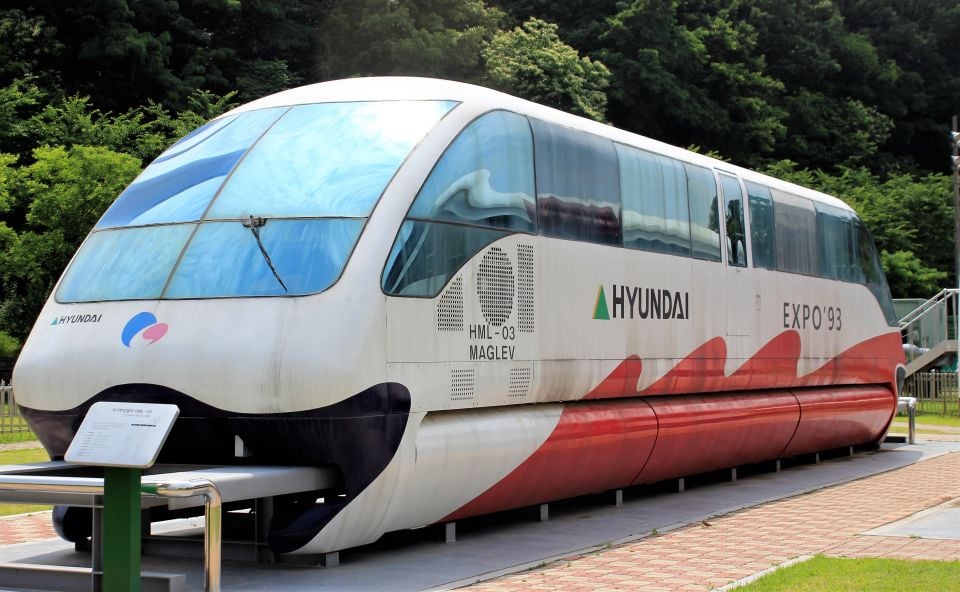
On the automotive side, the company began manufacturing four-wheel drive vehicles for sister company Hyundai Motor in 1988. The first model produced was the Galloper, a rebadged Mitsubishi Pajero.
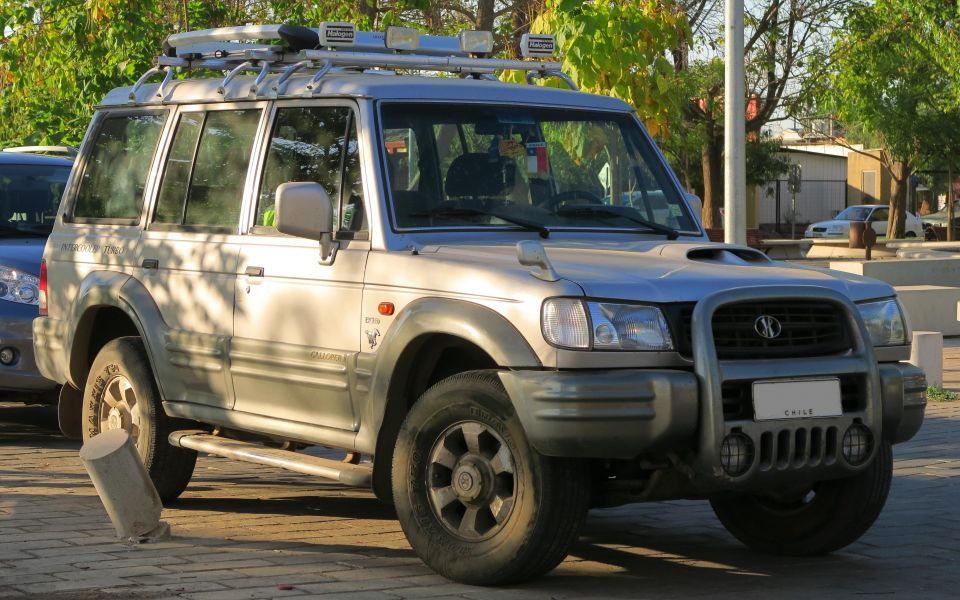
Specialised production of chassis modules (which act as a framework for the lower parts of a vehicle, typically including front and rear suspension and axles, and associated components) commenced in 1999, with the name of the company being altered to Hyundai Mobis the following year.
Expansion of the business to produce other automotive parts has occurred within the last 20 years.
The word chaebol in Korean means “rich clan”, and this definition is perhaps a succinct yet accurate summary of its business structure.
Korean chaebols are business conglomerates that are somewhat analogous to their Japanese keiretsu counterparts, but with some important differences.
The chaebol is typically owned and operated by the founding family and their relatives in a highly centralised fashion – Korean law says a minimum of 30 per cent of the ownership of the chaebol must be under the ownership of the family or their relatives.
With control resting within the family, this also means that the management style is top-down and autocratic.
This differs from the Japanese keiretsu, where member companies are run by management unrelated to the founding family, are more decentralised, and have substantial equity stakes from a financial institution (typically a central bank) rather than an owning family.
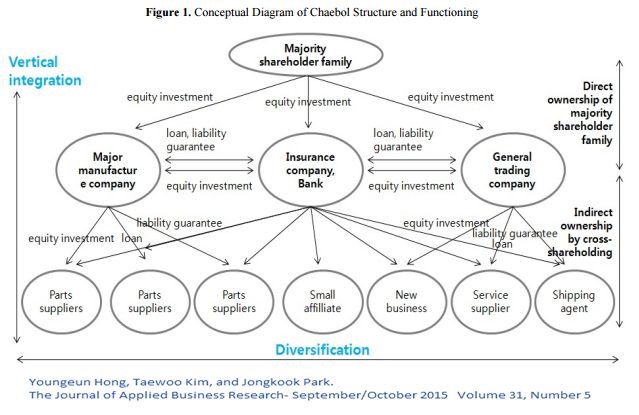
Major chaebol in South Korea include Samsung, Hyundai, and LG, which are the three largest chaebol respectively by revenue. Each of these have strong connections to the government.
\As the name suggests, Hyundai Mobis is part of the wider Hyundai chaebol through cross shareholdings in Hyundai and Kia Motors, and equity ownership from chairman Chung Mong-koo.
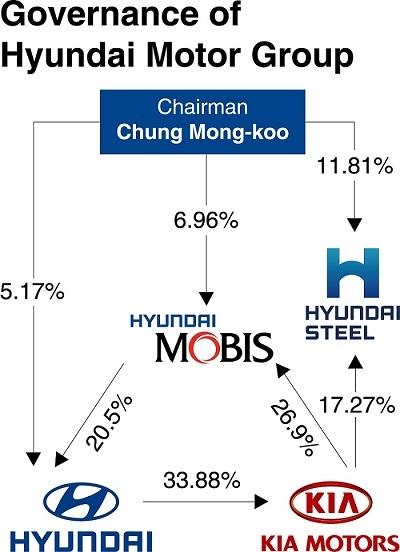
Most recently, Hyundai Mobis can be credited for the innovations and technological advancements featured on new and upcoming Hyundai and Genesis vehicles, such as the G80, GV80, and upcoming Sonata.
These include a new augmented reality based navigation system that superimposes graphics such as direction arrows over a video feed from a front camera to tell the driver when to turn.
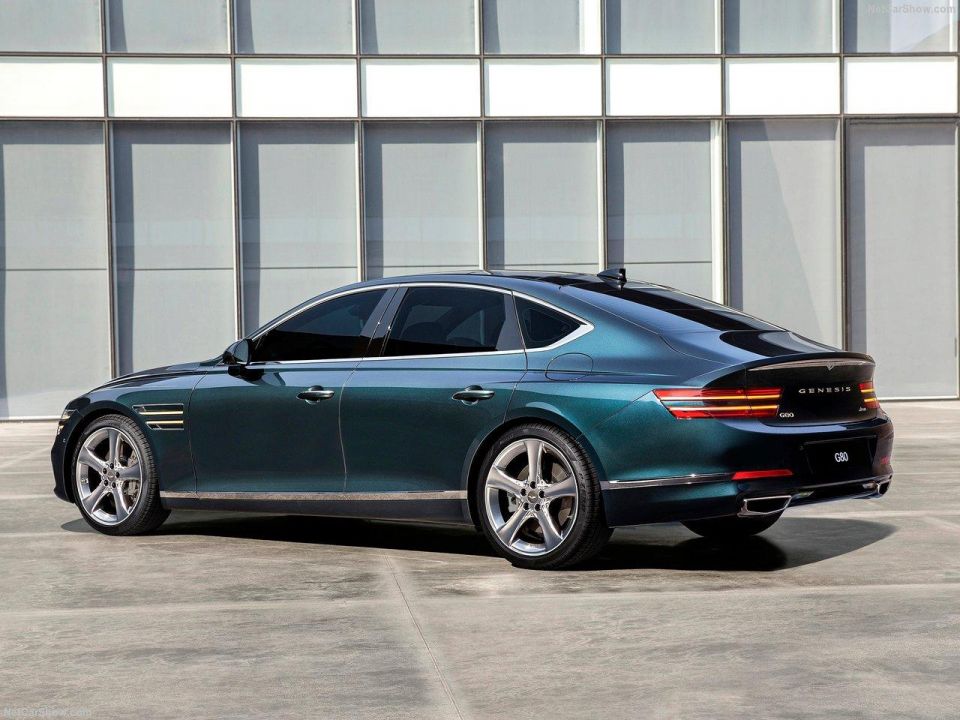
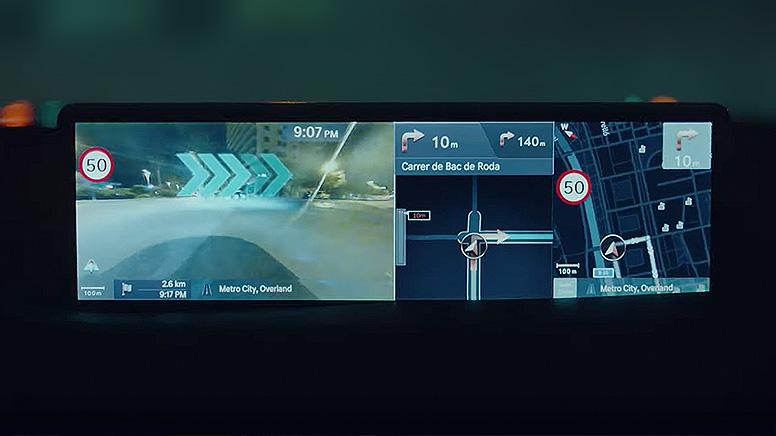
Another development is the blind-spot information view directly within the instrument cluster, as featured in the upcoming new Sonata. This uses cameras located on the wing mirrors to provide a live video feed of the car’s blind-spot directly within the digital instrument cluster.
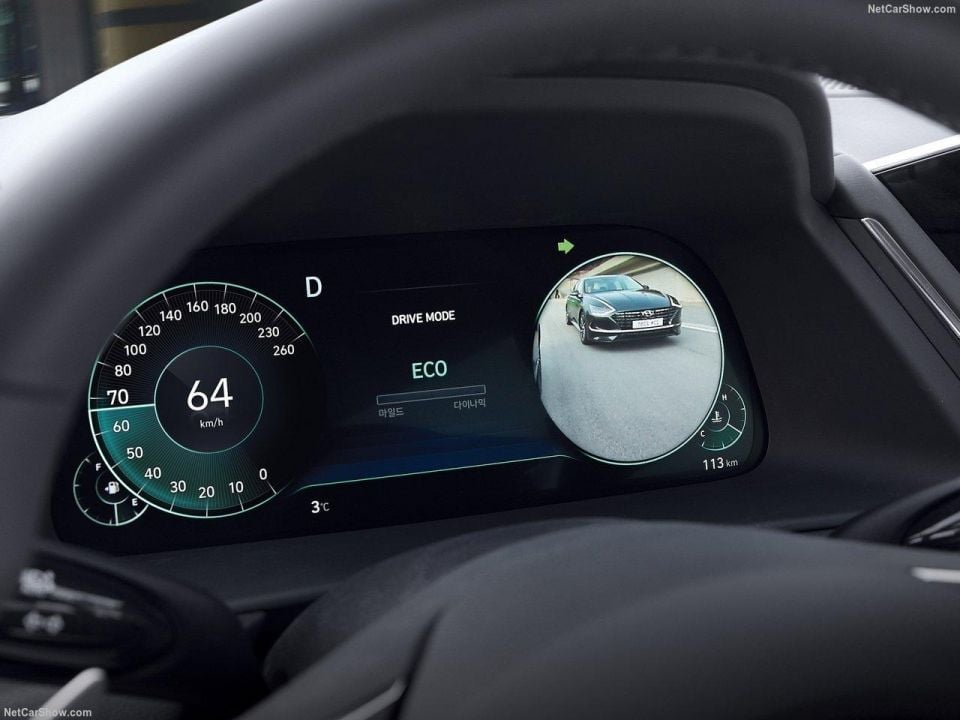
Like suppliers such as competitors Continental, ZF, and Magna, Hyundai Mobis is also looking to invest further in line with wider industry trends such as autonomous and shared vehicles, as well as electrification and connected vehicles.
These areas of research include adaptive cruise control systems utilising machine learning technology, and convenience features such as an NFC/Bluetooth-based digital key.
More practically, Hyundai Mobis has developed a radar-based rear occupant alert (ROA) system to detect when a baby or child may have been left unattended or locked inside the car.
With radar previously used for partial autonomous driving features such as the adaptive cruise control described above, ROA utilises the same technology, but inside the vehicle.
The use of an internal radar aims to detect bodily functions such as blood flow. This enables the ROA system to determine whether a passenger has been left behind with greater accuracy than camera or weight sensor-based systems, which may not work in scenarios where babies have been covered by a blanket, for example.


Max Davies
14 Hours Ago


William Stopford
14 Hours Ago


Derek Fung
14 Hours Ago


Max Davies
22 Hours Ago


William Stopford
2 Days Ago


Ben Zachariah
2 Days Ago